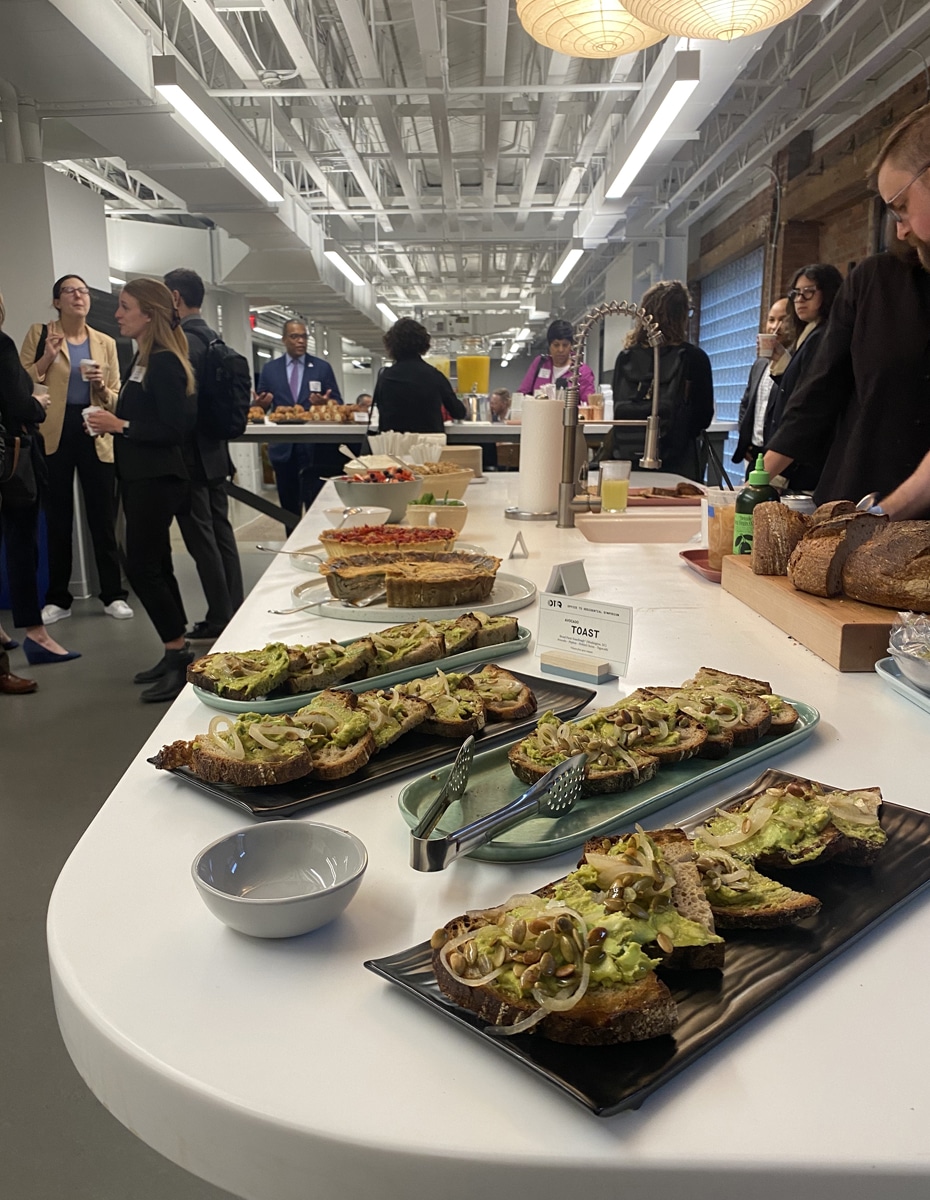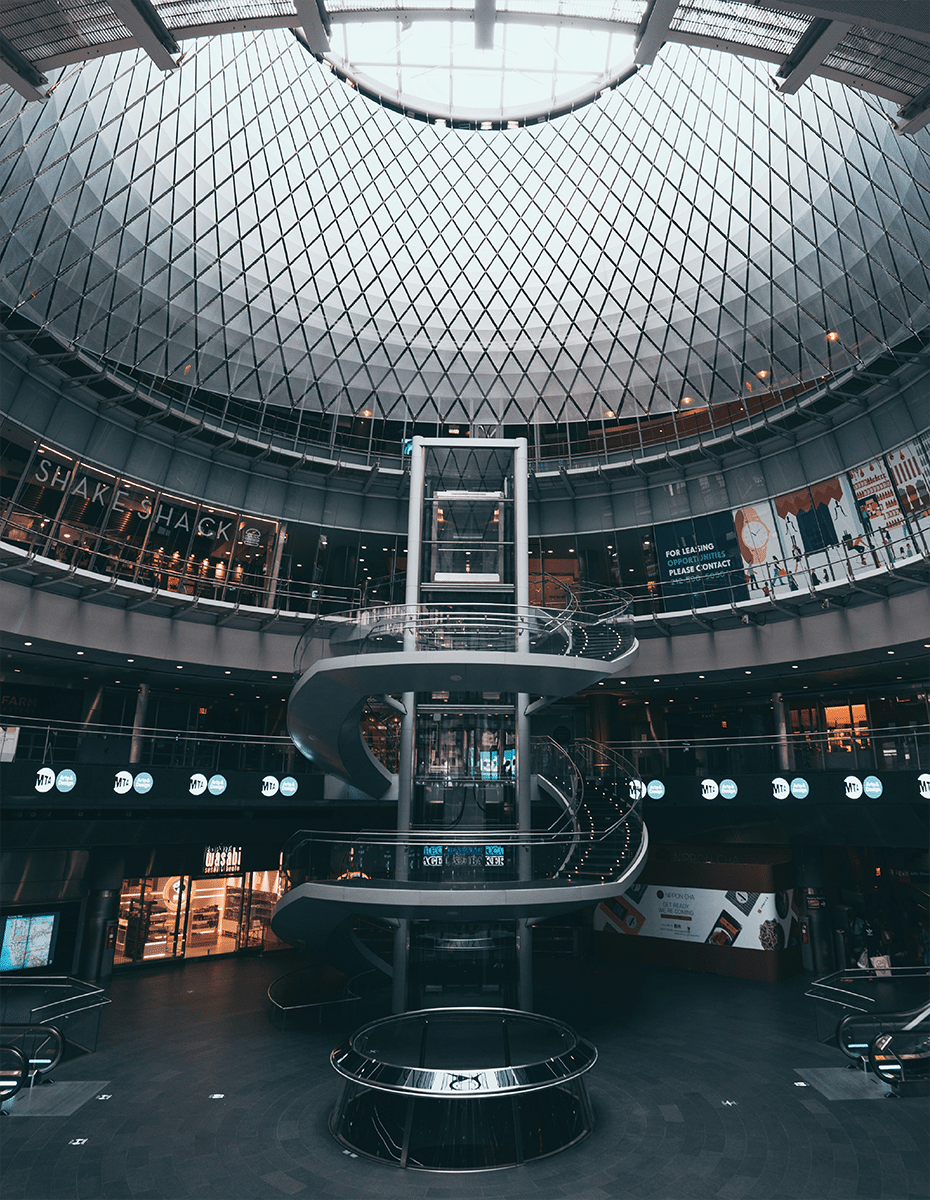Dee Clements is a multidisciplinary artist and head of Studio Herron, a Chicago-based studio that specializes in textiles, furniture, and objects. Seeking to create art for everyday life that exudes utility and comfort, Studio Herron’s work can be seen in hotels and brand collections across the country and online. Most recently, she worked with Streetsense to design the gorgeous textile panels at Signal House, a hospitality-forward office experience in D.C’s Union Market.
What is your first artistic memory?
My first memory is from first grade, where we were doing a drawing contest. We had to draw the statue of liberty. And I drew a picture, and I won the contest. And my name got, apparently, announced over the loud speaker, but I had chickenpox so I wasn’t there.
But they gave me this little ribbon made out of felt—it was red and blue.
I always loved making stuff and drawing. I always was doing weird crafts. I used to take sheets of Xerox paper, and draw in it with Elmer’s glue and then sharpen my crayons in a pencil sharpener, and dump the shavings on the glue. And I would go down my street and give them to my neighbors.
The impetus to make was strong at a young age.
When, for you, did you decide to make art your full- time endeavor?
Somewhere between 2014 and 2016. I actually was working in television as a set costumer. And I hated it. I was trying to make money and put money away in savings and that was kind of what I fell into. I had received two [art] jobs that came in—I wasn’t doing my studio full-time, it was still a side practice.
And I got hired by this firm in New York to design and make wall hanging and woven pillows for the Freehand Hotel in Chicago. And I also got commissioned to make a bunch of textiles for CB2. And I thought, “Ok, the stars are aligning. It’s time to quit my job and do this.”
But I really had no idea what I was doing. I had never been commissioned before. And I didn’t want the clients to know I didn’t know what I was doing. So I put a rough business plan together, and cashed in my 401K, and used money I had in savings—which was not that much—and rented a studio and just decided I was going to take the plunge.
And I’ve been doing it ever since.
You’re a multidisciplinary artist. How does your diverse set of skills influence your studio work?
My training is in sculpture. My undergraduate degree is in sculpture and fiber and materials studies. So my early studies were based in materiality. So that’s part of where my interest is.
Later, I went back to school for a master’s degree in furniture design, and that’s part of pulling all these elements together.
My whole life I’ve always drawn, that’s always been a foundation practice for me. Although I didn’t call it that when I was young.
I have material curiosity and technique curiosity—so I just follow my interests. Things always come back to interlacement of materials, or weaving. That’s the craft I feel most connected to on a human and personal level.
But that’s evolving, and I don’t like to call myself just one thing, I just say “artist.”

How do you balance client work and creative work?
I’m still figuring that out. I would say that most of my work is client work, because I have to make a living. A lot of my client work is passion work! The Signal House project was passion work, because I was given so much creative freedom. I got to explore the theme of the project from my own perspective and interests.

What was your approach to the project at Signal House?
When it was time for my part of the project, I had a conversation with Alexandra Alcott, and they gave me a description of what they were looking for, and I’ll say this rarely happens, but I knew exactly what to do. And it just so happened that what they wanted, I was really good at.
My approach was natural. I had a clear vision. They wanted the artwork to be lush and botanicals and rich colors. I started with sketches, and it evolved from there.

How did it feel when you got to see your work in person?
It almost felt like a fairytale—it didn’t really exist until I saw it. And honestly, the space looks like the photos. But the scale—installed, in-person—the textiles have such a presence in the space. You can’t not look at them. I feel proud of the work. And I feel proud of the space. It’s a really inviting space.

How do you hope somebody working at Signal House will feel when they’re surrounded by your work?
I hope they feel comfortable. You know when you’re in a space and everything just vibes with you? Maybe you’re like, “I love sitting on this couch and looking at that plant and the light is coming in through the window and it’s really nice. I feel really good and I’m gonna sit here for a while.”
I hope the work makes people want to stick around for a while. It’s their spot—they want to sit there for a while and drink their iced coffee and work on their laptop and do their thing—I hope it brings a sense of wellbeing into their workday.
Streetsense’s interior architecture team, Edit at Streetsense—as part of a project with Carr Properties, Gensler, and artists and partners like Studio Herron—designed the hospitality-forward amenity spaces at Signal House. Those spaces, like the gym, the lobby, and the breath-taking penthouse, allow Signal House to embody the future of the office.
BACK TO LATEST







